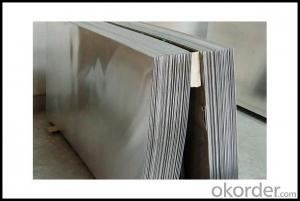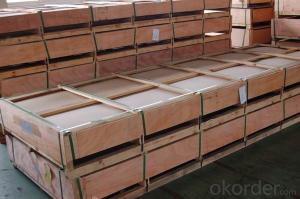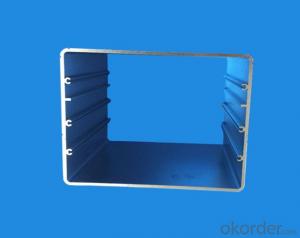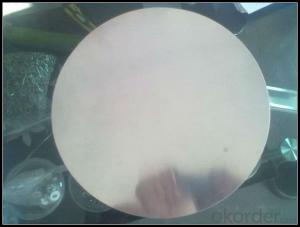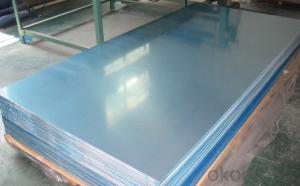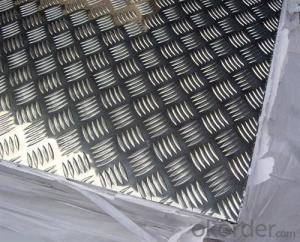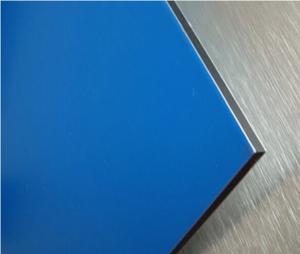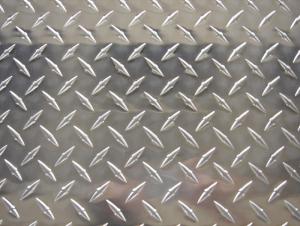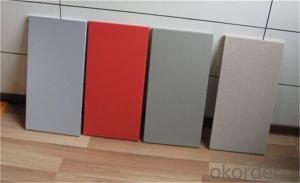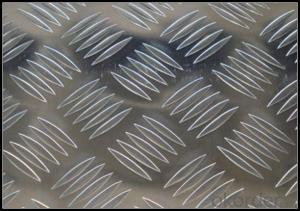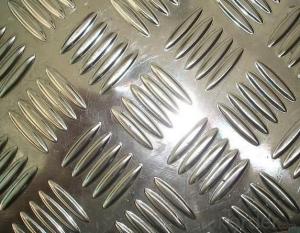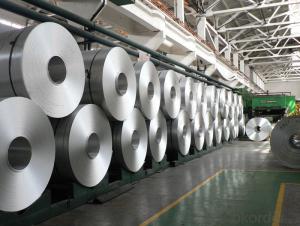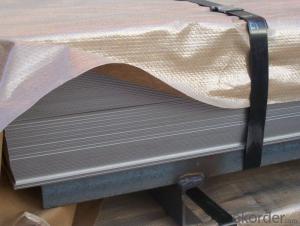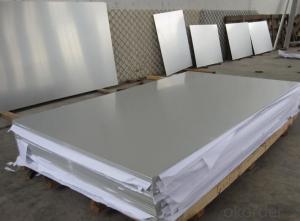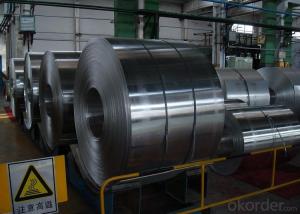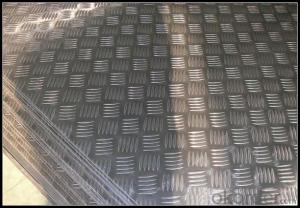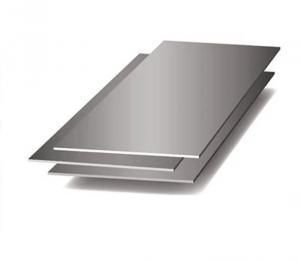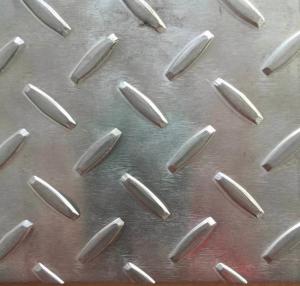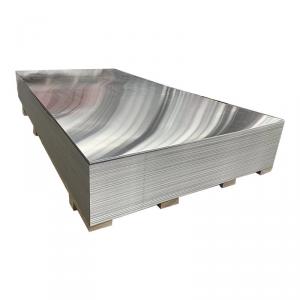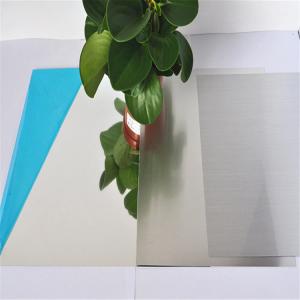1/4 Inch Diamond Plate Aluminum
1/4 Inch Diamond Plate Aluminum Related Searches
1/4 Inch Aluminum Diamond Plate 1/4 Diamond Plate Aluminum 1/4 Aluminum Diamond Plate Aluminum Diamond Plate 1/4 Thick 1/4 Inch Aluminum Plate 1 4 Inch Aluminum Diamond Plate 1/4 Plate Aluminum 1/8 Inch Diamond Plate Aluminum 1/4 Inch Thick Aluminum Plate 4x8 1/4 Diamond Plate Aluminum 1 4 Aluminum Diamond Plate 1/4in Aluminum Plate Aluminum 1/4 Plate 4x8 1/4 Aluminum Diamond Plate Aluminum Plate 1/4 Inch Thick 1/4 Diamond Plate Aluminum Sheet 1/4 Aluminum Diamond Plate 4x8 1/4 Aluminum Plate Aluminum Plate 1/4 1/8 Inch Aluminum Diamond Plate 1/16 Diamond Plate Aluminum 1/4 Thick Aluminum Plate 1/8 Diamond Plate Aluminum 1/4 In Aluminum Plate Aluminum Plate 1/4 Thick 3/4 Inch Aluminum Plate 1 4 Inch Aluminum Plate 1/8 Aluminum Diamond Plate 4x8 1 4 Aluminum Diamond Plate 3/4 Inch Thick Aluminum Plate1/4 Inch Diamond Plate Aluminum Supplier & Manufacturer from China
1/4 Inch Diamond Plate Aluminum is a type of aluminum sheet material characterized by its diamond-shaped pattern, offering both aesthetic appeal and enhanced slip resistance. This product is widely recognized for its durability, corrosion resistance, and lightweight properties, making it an ideal choice for various applications.1/4 Inch Diamond Plate Aluminum is commonly used in a range of industries, including construction, transportation, and manufacturing. It is often employed for walkways, flooring, stair treads, and ramps due to its slip-resistant surface and ability to withstand heavy foot and vehicle traffic. Additionally, its sleek design and modern appearance make it a popular choice for decorative purposes, such as in interior and exterior architectural features.
Okorder.com is a leading wholesale supplier of 1/4 Inch Diamond Plate Aluminum, boasting a substantial inventory to cater to the diverse needs of customers. With a commitment to quality and customer satisfaction, Okorder.com ensures that each order is fulfilled with precision and efficiency, making it a reliable choice for businesses seeking to incorporate this versatile product into their projects.
Hot Products
